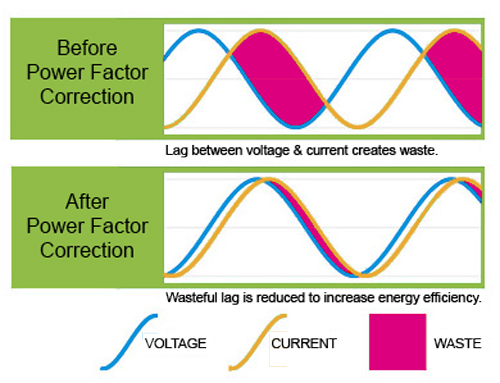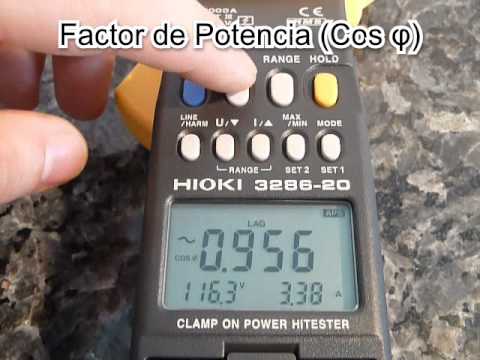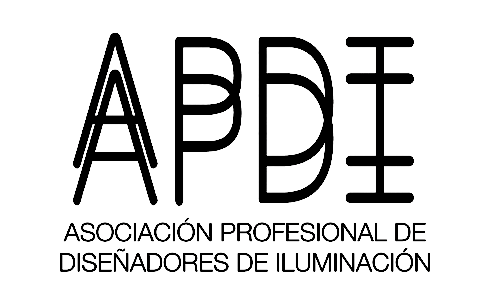
Although it remains unnoticed to many people, the PFC (Power Factor Correction) is something which should be considered by everyone when it comes to choosing a power supply or a led product which works at 230V (housing the power supply inside).
The Power Factor Correction is the ratio of correction of the true power provided by the power supply. It is expressed in % and the closer to 100%, the better. Power supplies with a power factor correction do not need a 110/220 switch because they automatically adjust their performance to the voltage they are connected to.
“Power factor” is defined by the relation between “active power” and “apparent power”. This means, in other words, that a 100W power supply, really providing 100W, has a power factor of 1 (which means 100%). Basically, the power factor is the relation between apparent power and actual working power. The closer both quantities get, the better performance the power supply is capable of.

We can find the following types of power supplies on the market:
– Power supplies with a power factor of 60% (0.6) or less (generally speaking, the cheaper a supply is, the less efficient it is).
– Power supplies with a passive power supply, between 70% and 85% of efficiency.
– Power supplies with an active power factor with an efficiency of almost 95%
In conclusion, regarding the purchase of power supplies, the ideal one would be with an active power (low wattage) only (due to its high efficiency) or, failing this, a power supply with a passive power (with high wattage). A power supply without a power corrector (low power factor) would need many watts of power in order to attain the equal amount of watts provided by another power supply which is equipped with a power corrector.
Let’s analyse the different types of PFC (Power Factor Correction):
– The power supplies with passive power factor: They use passive elements in order to correct the voltage and the current, like inductors with a ferrite core. These are elements which are easy to implement and therefore economical. The improvement is not bad, but not as trustworthy as a power supply with an active PFC.
– The power supplies with active power factor: They use a group of circuits through a series of elements which allow to reduce the harmonics and adjust the level of input onto the source of energy (these are the power supplies which do not require voltage selector).
To sum up, we had a power supply with a corrector of power factor or, in other words, a power supply with a high power factor, which is more efficient and capable of regulating the voltage and, therefore, keeping them stable.

Nuño Téllez
CEO de Luz Negra



